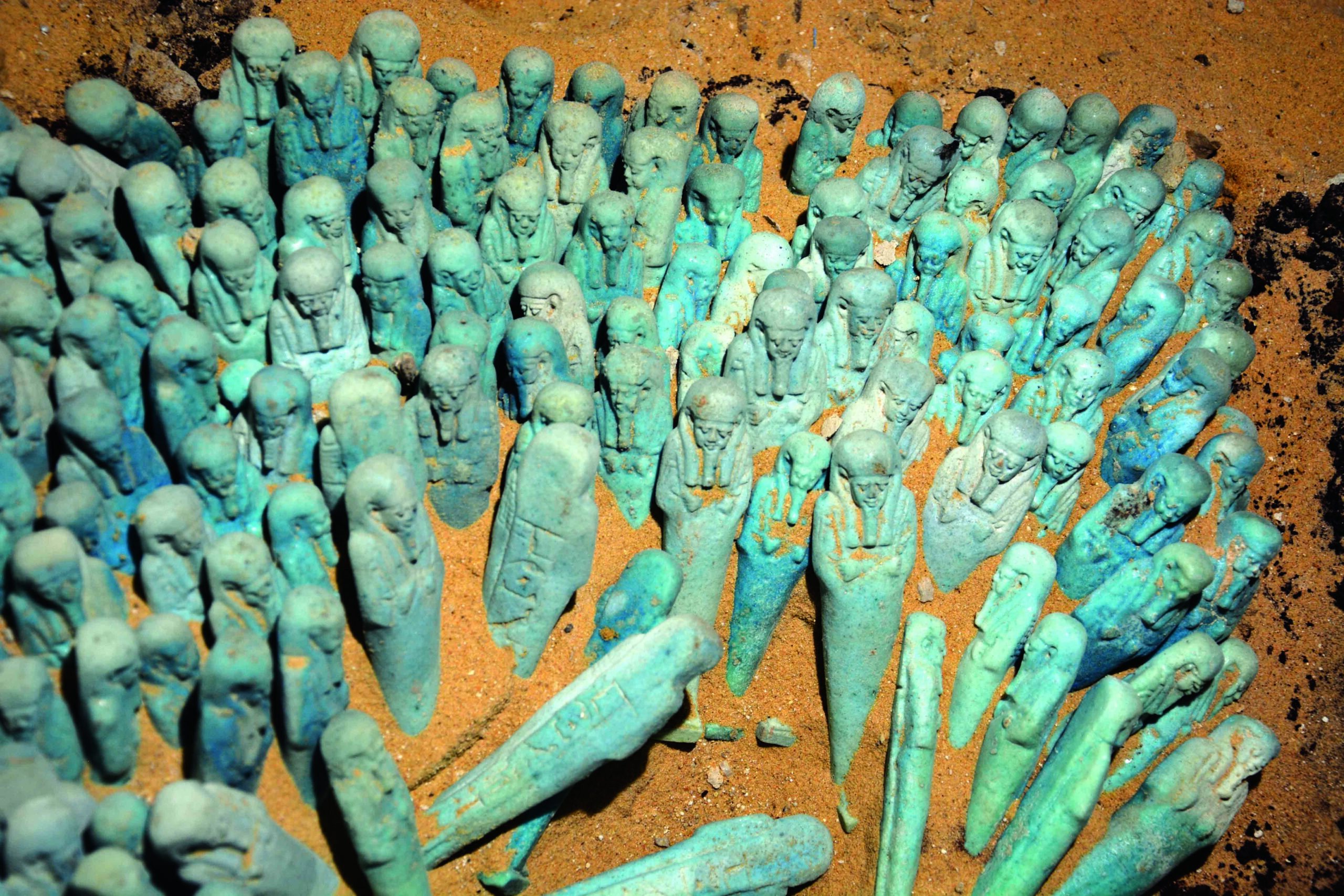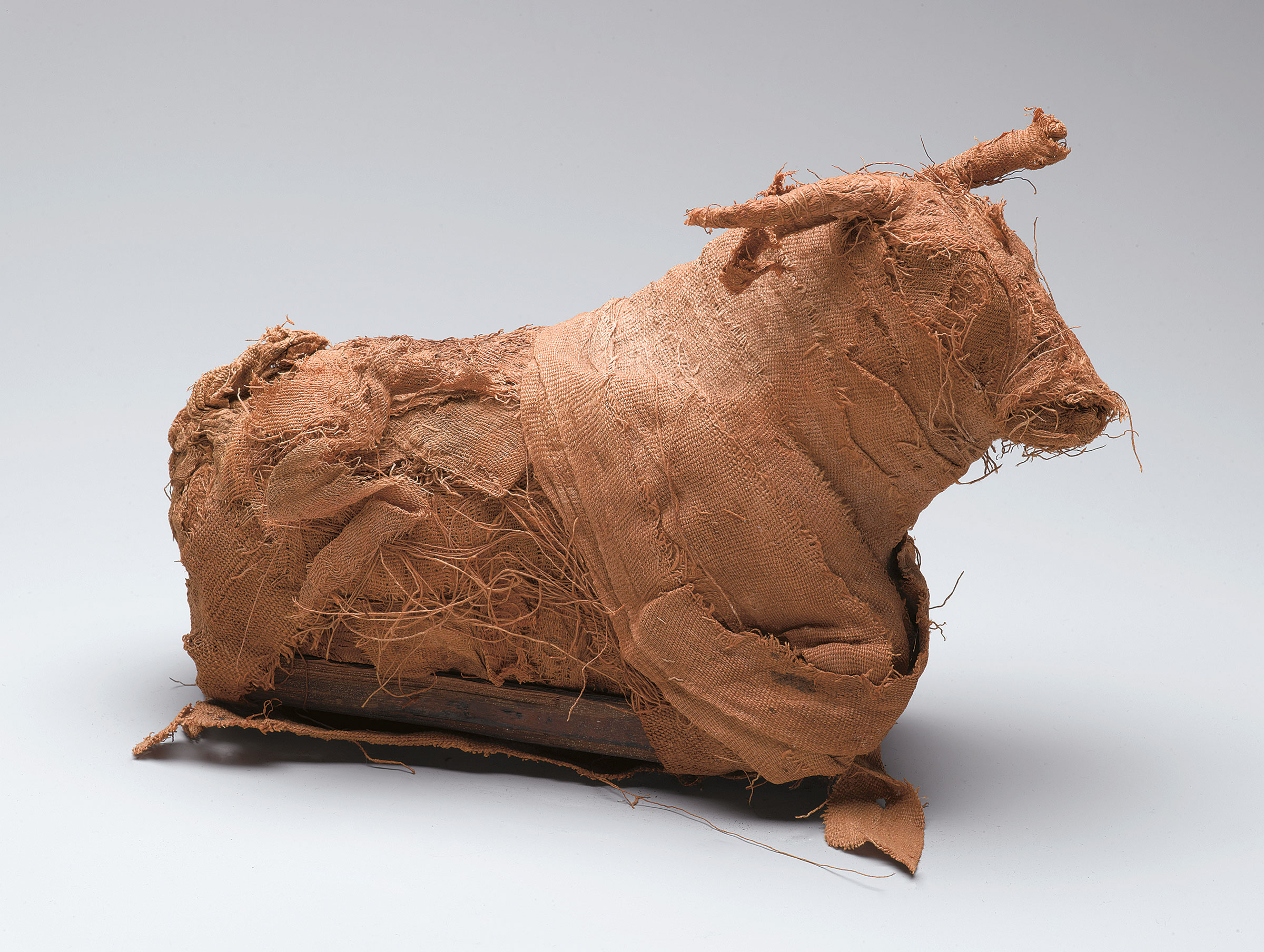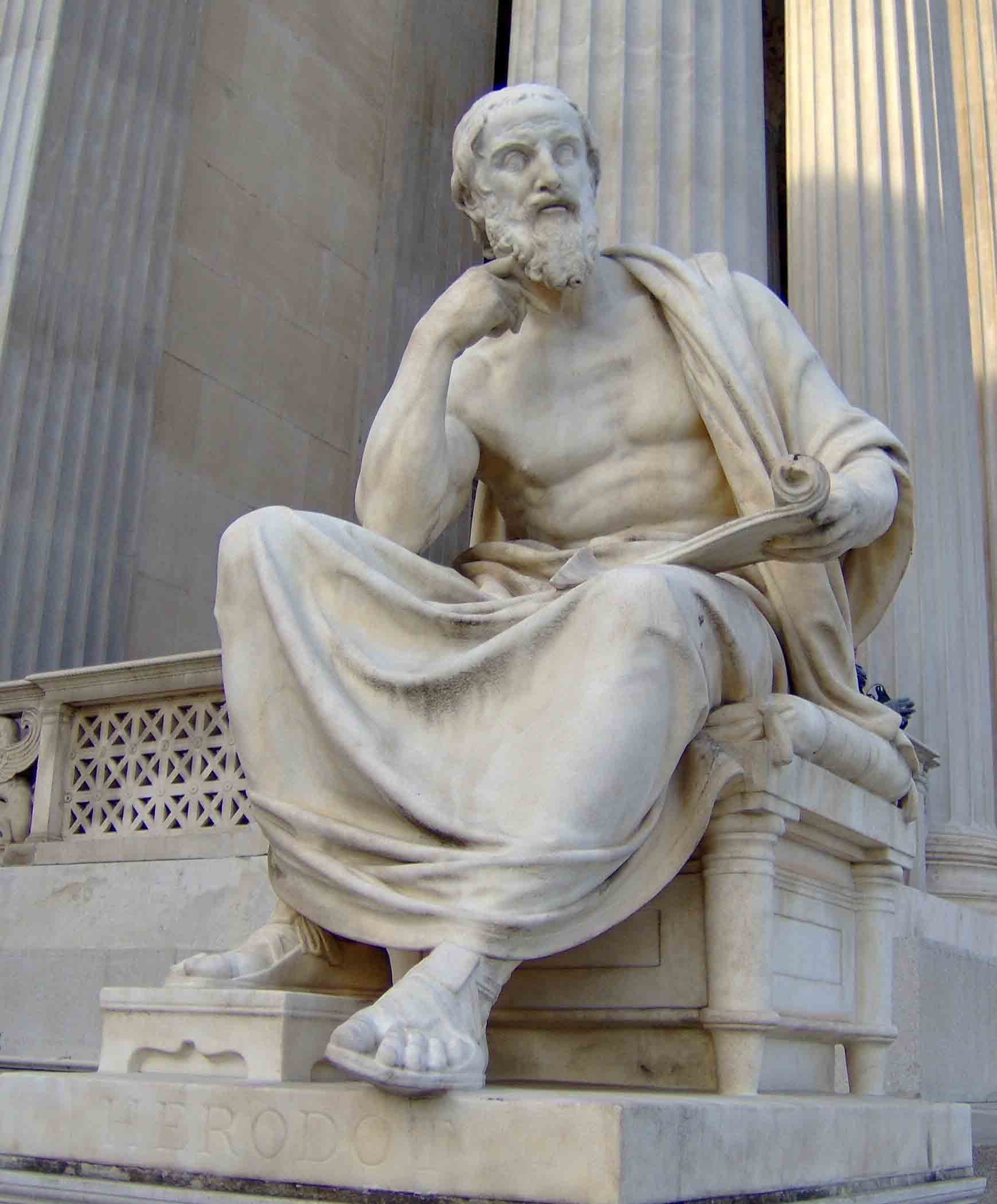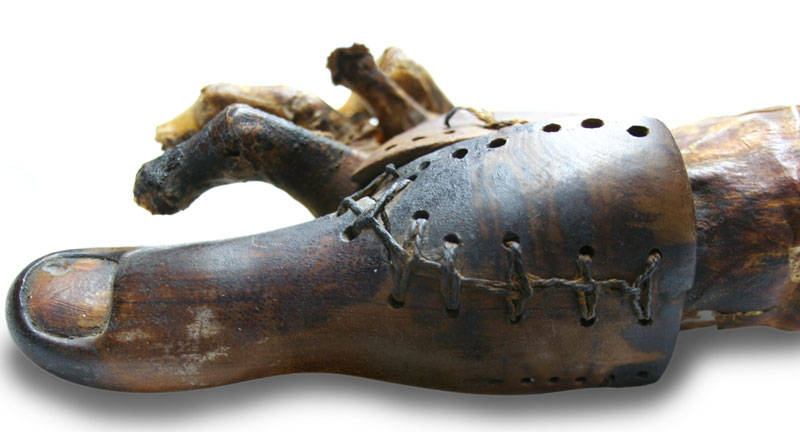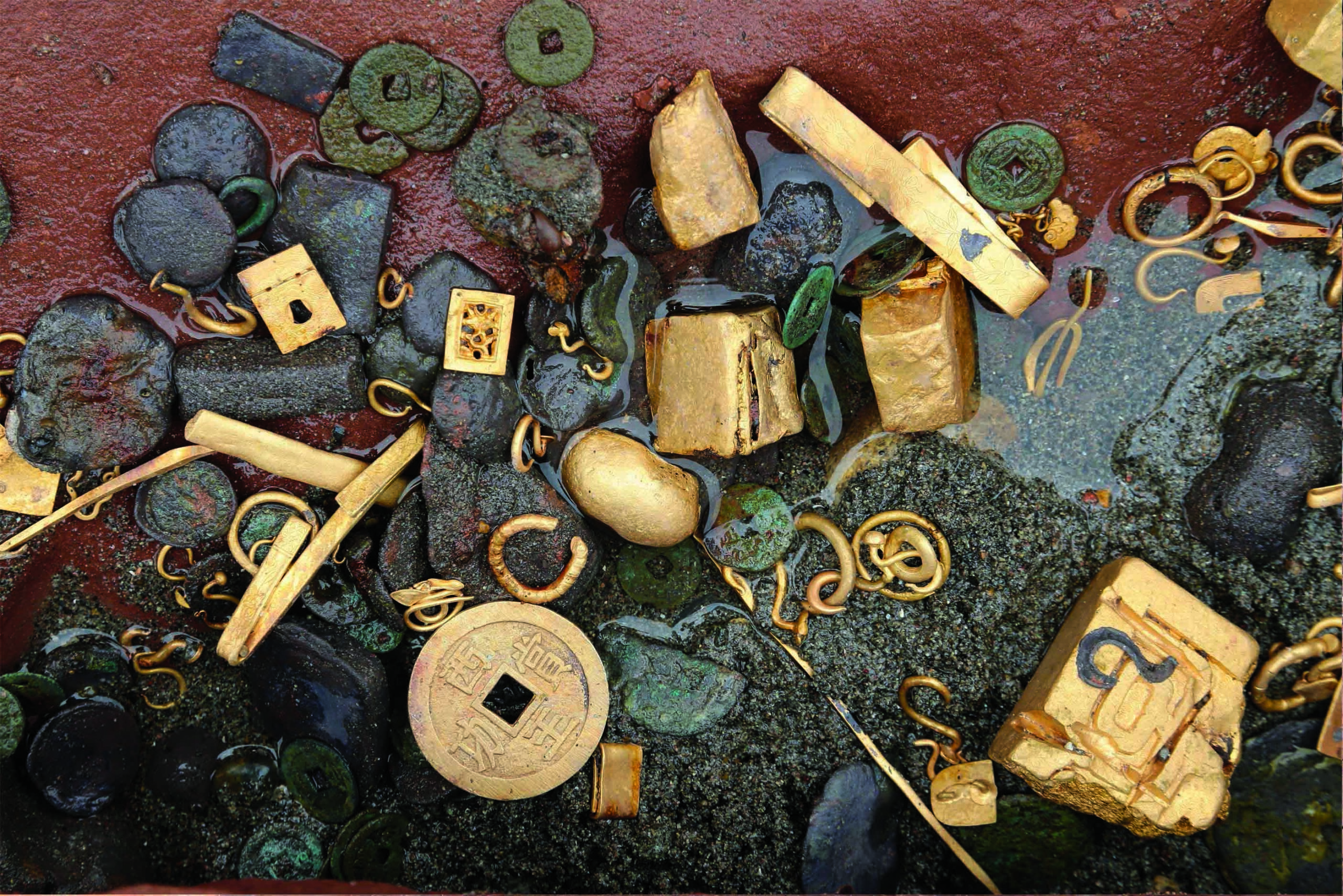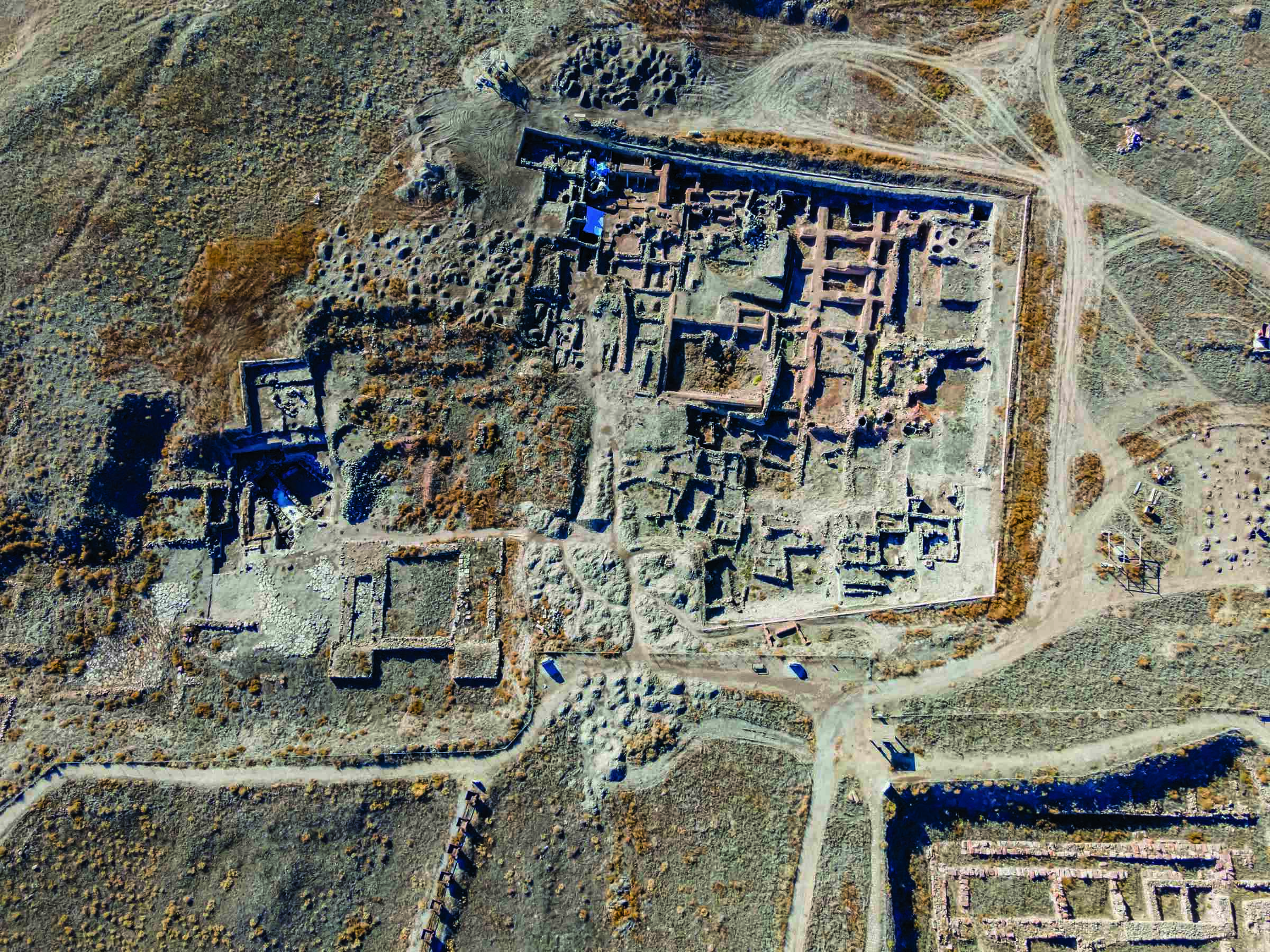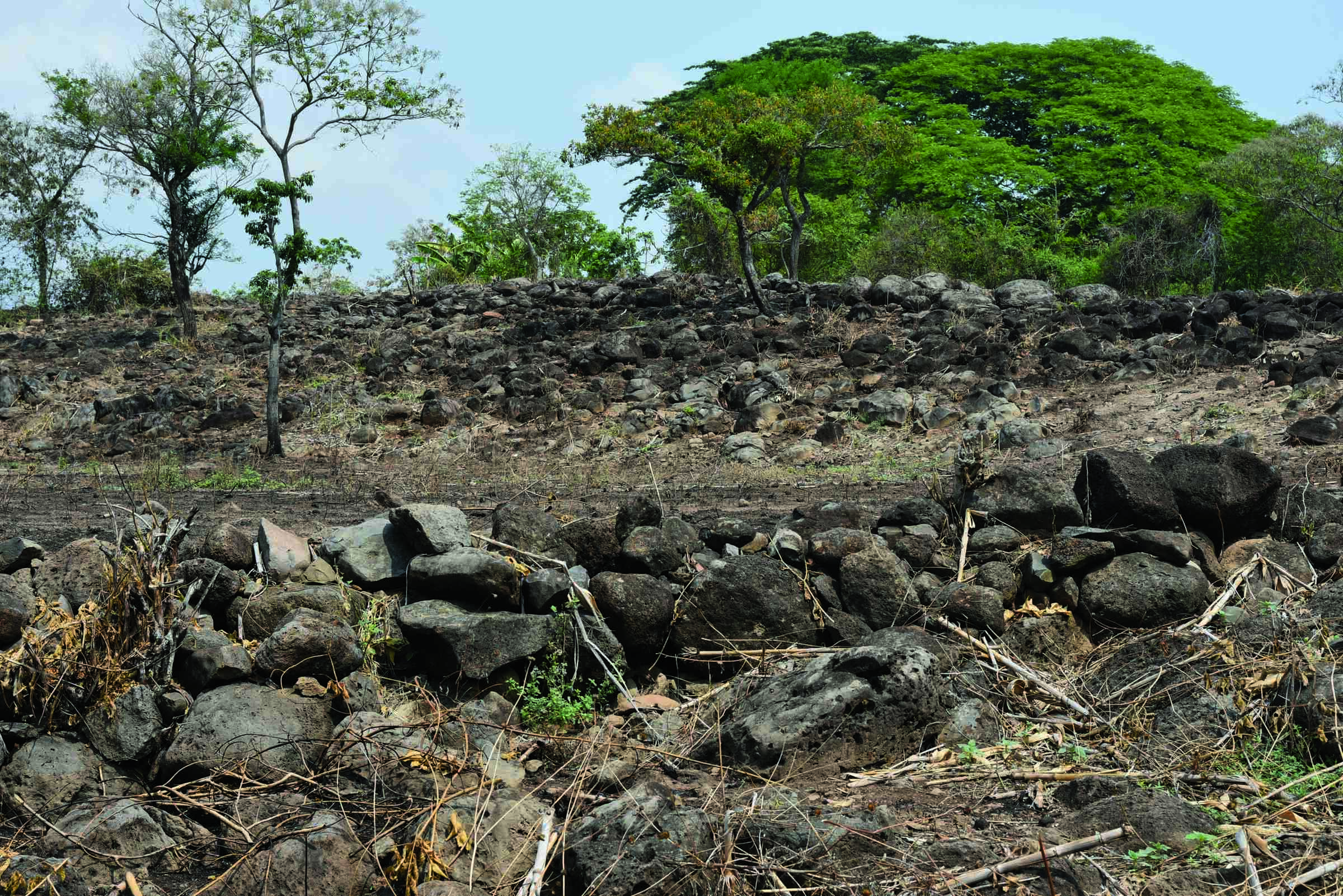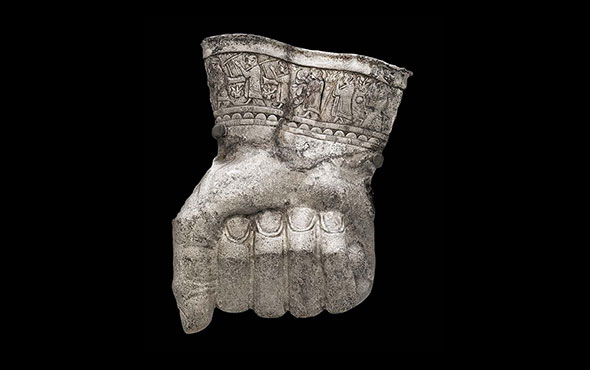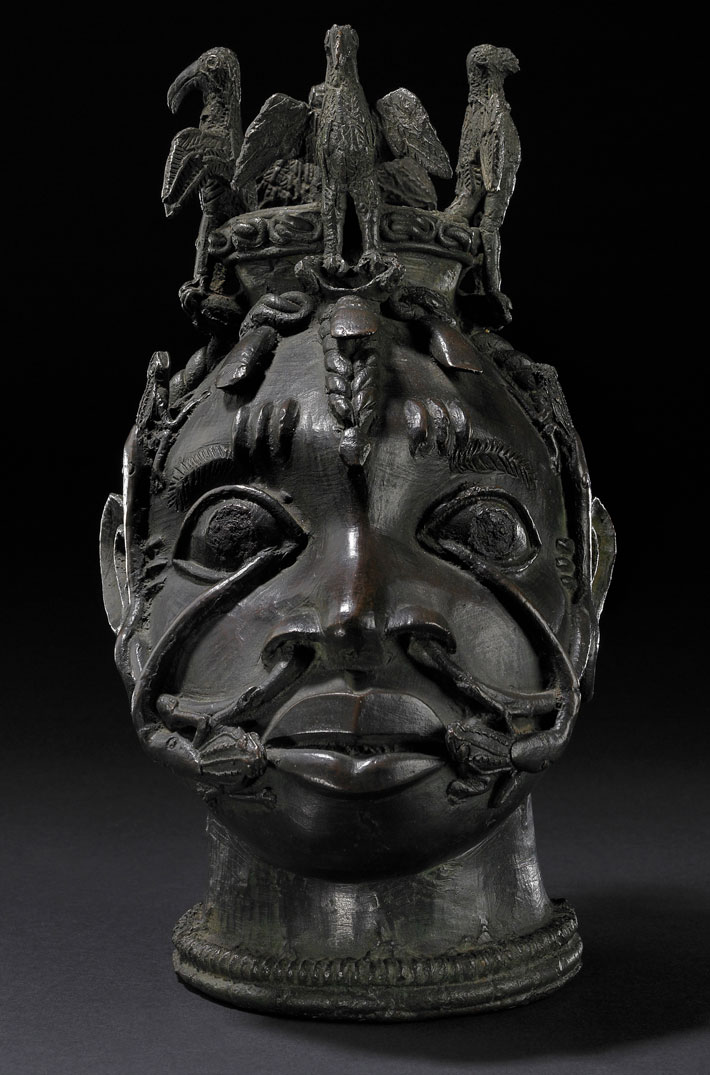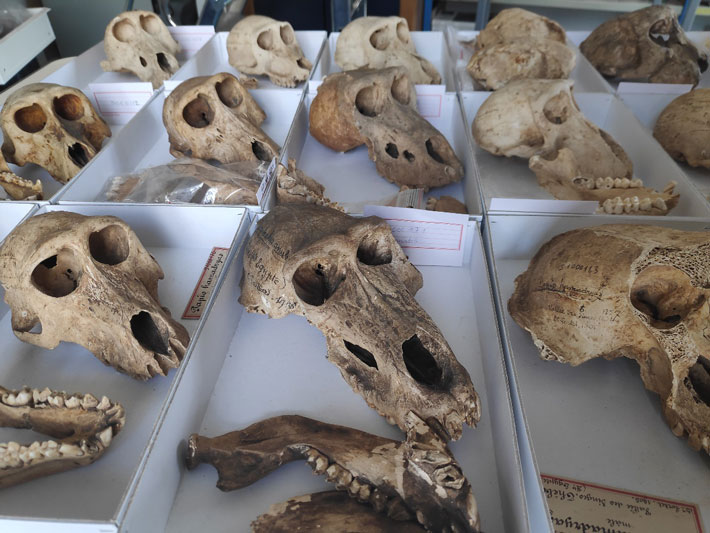
BRUSSELS, BELGIUM—Paleontologist Wim Van Neer of the Royal Belgian Institute of Natural Sciences and his colleagues examined the remains of 36 baboons recovered from southern Egypt’s Gabbanat el-Qurud, a necropolis for sacred animals. According to a Live Science report, the study determined that only four of the baboons had been in good health at the time of death. Most of the others suffered from bent limbs typical of rickets, a symptom of severe vitamin D deficiency usually caused by a lack of sunlight. Van Neer thinks the animals may have been kept inside, or in enclosures with high walls, to prevent them from escaping. Additional analysis of the remains showed that these baboons descended from the large olive baboon (Papio Anubis) from Sudan, and the smaller hamadryas baboon, (Papio hamadryas) from the Horn of Africa. Van Neer thinks the Egyptians may have imported baboons from both regions, even though the hamadryas baboon is the one mainly depicted in ancient Egyptian art, to ensure a steady supply. The researchers plan to examine the baboons’ teeth to learn more about their diets, and to analyze their DNA to determine if they had been caught in the wild or bred in captivity. Read the original scholarly article about this research in PLOS ONE. To read about a baboon demon who Egyptians believed guarded the gates of the underworld, go to "The World of Egyptian Demons: Demon Gate Guardians."


